With a rapidly growing global population, our very existence as humans is generating unprecedented levels of waste. One actionable thing we can all do to reduce our impact is to adopt a zero-waste lifestyle, starting with a zero-waste kitchen.
The phrase “zero-waste”, also known as “low waste”, “minimal waste”, and “no waste”, is used to describe the process of reducing waste down to nothing. However, achieving 100% zero-waste in our modern households is practically unattainable.
Not all hope is lost. It’s possible to reduce your waste by 50-90%, especially if you can get your kitchen waste down. Yet, if not managed well, your kitchen becomes the waste generating hub in your house, producing harmful plastics, food waste and even toxic chemicals.
To get you started, we’ve created a list of beginner-friendly zero-waste kitchen tips. Even implementing half of these strategies will go a long way toward a more sustainable future.
If you’re interested in learning actions that go beyond your kitchen, check out our list of over 100 sustainable living tips.
Let’s get started!
This post may contain affiliate links, for which we earn a small commission at no additional cost to you. Read our full disclosure.
1. Get produce from your local farmers market (if you have one)
Buying produce in supermarkets, while convenient, often comes wrapped in packaging, can be lathered in pesticides, or is generally expensive.
Conversely, farmers markets give you the option to buy fresh produce free from packaging and the opportunity to buy seasonally. For example, if it’s the middle of winter, you won’t have the option to buy fresh tomatoes and cucumbers.
You also get to build relationships with the farmers and ask them questions about how they grow what they sell. Over the years, I’ve connected with a handful of farmers that are either organic or don’t spray their crop. They tend to have a smaller selection of produce, but that’s fine with me, as I trust their product.
I would rather have a smaller selection of super fresh, chemical and package-free options than have an abundance in the supermarket that came from who knows where and has been treated with several different toxic sprays.
Also, trust me when I say that the markets are always cheaper! I’m continually comparing prices of produce across supermarkets, health food stores, and the farmer’s markets always come out on top, especially when you compare supermarket organic to market organic.
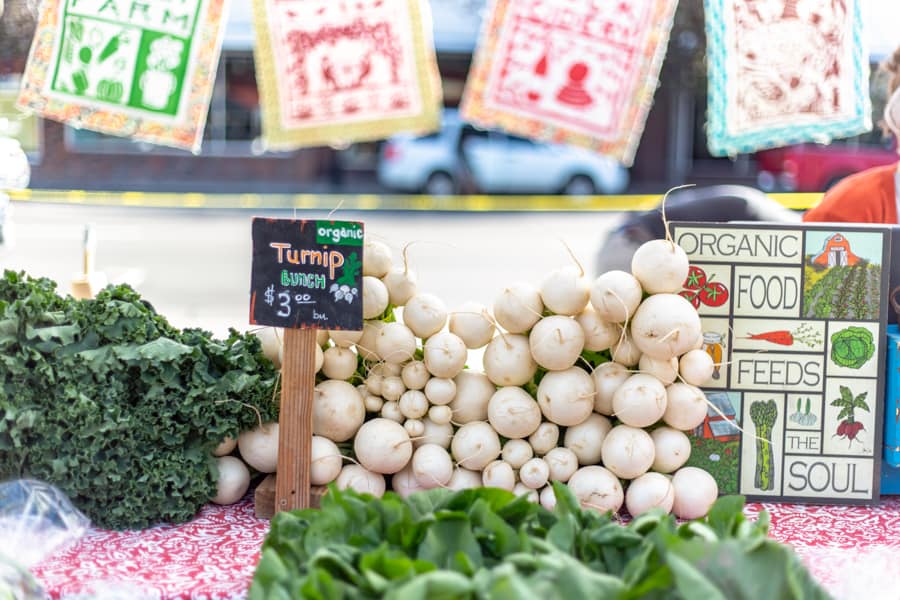
Suppose you don’t have farmers markets that you can get to regularly, do some research to see if there are any farmer outlet stores in your area.
We have two in my city that are open six days a week and get conventional and organic produce straight from the farmers. I’d instead give my money to them rather than to the big corporations that own the supermarkets.
2. Take reusable bags, boxes and jars when shopping for food
It’s no secret. Single-use plastics are bad news. And for a while, we’ve relied on plastic bags as a convenient option when buying food.
Luckily we’ve seen states around the world ban plastic bags or at least charge customers to use them. We’ve made progress, but there’s still work to do here.
If you’re not already in the habit of reusing bags, it’s a little bit of an adjustment like any change. You just need to be more planned and prepared when doing your grocery shopping when it boils down to it.
For instance, if I desperately need a couple of onions on the way home but forgot to bring a bag, I’m prepared to carry them out of the shop without a bag. As it turns out, I’m not the only crazy one carrying their food in my hands, as I see my fellow waste fighters do the same thing all the time.
This situation isn’t ideal, especially if you’re taking public transport or discovering that the organic soy milk is half price! The best option is to plan.
I’ve found the best approach is to create a grocery list segmented by the supermarket (large or local), farmers market and bulk foods store to get a feel for how many things I plan to buy for the week. This also determines how many bags, boxes and jars are needed for the shopping.
For those spontaneous shopping moments, here are practices I’ve learned over the years:
- Always carry one foldable grocery bag (see below) in your backpack or handbag for those emergency groceries.
- Sometimes I leave bags in our car trunk. It creates some clutter, but at least I have bags on hand when I need them.
- If you don’t have a bag, ask the grocer if they have unused boxes from suppliers or paper bags that you can reuse. More often than not, they’re happy to give you a box, as they’re going to recycle them anyway.
It’s also worth mentioning that it’s crucial to create dedicated storage space for your reusable bags and boxes in your home. If you don’t, things can get messy quickly!
For example, after I unpack my groceries, I take my bags and boxes back to the garage. When I’m off to the shops, I put them all in the boot and have them ready to use.
3. Buy pantry items in bulk for a zero-waste food storage solution
If you have a bulk food store in your area, you’re lucky! You have access to an abundance of all your pantry essentials.
Having previously worked in one of these shops, I know the ins and outs of how it operates and just how essential they are to creating a zero-waste kitchen.
First things first. Most of us have some jars lying around in the pantry. If they’re not already in use, make sure to keep them. They’ll come in handy.
If you usually recycle your jars, please consider giving them a good wash and storing them in a spot in your kitchen that is out of the way. This often means soaking the jars in hot water to remove the sometimes stubborn branding labels.
I’ve clearly labelled my jars with what goes inside, and when the jar is empty, I wash them and put them in my shopping bag, ready for my next trip to the store.
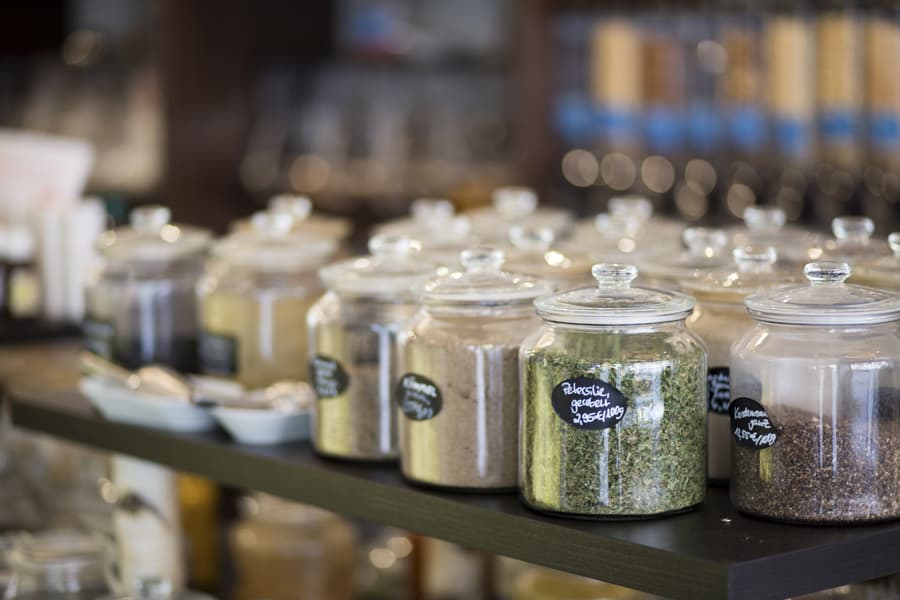
Having pre-labelled jars will also eliminate impulsive shopping because you’ll only buy what you have jars for. I typically take one extra one just in case I want a snack on the way home or am planning on going to the movies and want a treat—this my miscellaneous jar that is on rotation for random things that are one-offs.
This is also where minimalism plays a role in your kitchen — being intentional with the foods you eat by only buying the ingredients that will go in your rotation of jars.
I have about 20-30 jars that I rotate, meaning I don’t take them all simultaneously to the store as some are still full or not completely empty.
My jars and bottles cover things like oats, dried fruit, nuts, seeds, flours, lentils, beans, rice, pasta, chocolate (a total essential!), nutritional yeast, salt, spices, herbs, teas, sugar, superfoods, oils, vinegar, maple syrup and cleaning products (more on that later).
If you don’t have glass jars, ask your friends, family, colleagues and neighbours if they have any spares. In the event you don’t get any, you may need to buy some. I’ve found this especially true when I need large jars for ingredients we frequently use, like rice, almond meal, chickpea flour and oats.
That’s another thing; you want bigger jars for your main staples. Otherwise, it becomes too inconvenient to constantly top up smaller jars, especially if there are multiple mouths to feed in your home!
If you forget to bring a jar to the bulk foods store, they’ll usually have paper bags available.
Tip: learn how to assess the price of ingredients by weight. Start by comparing how much an ingredient costs per 100g (or pounds) in a bulk foods store compared to the same packaged ingredient in the supermarket. Only then will you start to ascertain your savings and try different bulk food stores to get a better deal.
4. Purchase your cooking liquids in bulk
When assessing your kitchen essentials, you’ll need a plan for your oils, syrups and sauces etc.
Admittedly, this is an area I need to improve on. Bulk stores usually have options to top up common liquids, but sometimes the price is a little high or lacks variety compared to the dry ingredients.
One liquid I routinely purchase in bulk is organic maple syrup. It works out to be more affordable than buying pre-packaged bottles, and the quality is fantastic.
I’ve tried buying oils in bulk in the past, but it’s hit and miss with prices. So make sure you do your research.
In any case, it’s a much more sustainable option to buy liquids in bulk. For instance, many oil bottles have hard plastic heads, and other liquid ingredients have plastic bottle caps which isn’t ideal. I recommend using large reusable bottles to reduce the frequency of topping up.
5. Grow your own herbs
Unless you’re shopping exclusively at your farmers market, you’ll probably find it hard to buy package-free leafy herbs like parsley, coriander (cilantro), thyme and the like.
This is where it helps you grow your own herbs. It’s one of the easiest plants to grow, and you can do so in small spaces. So whether you have a planter box, a pot plant, or a veggie patch, there’s always room for growing herbs and saving on packaging.
Keep in mind that it still requires some skill to grow herbs at home effectively, and it’s dependent on your environment. I’ve lost my fair share of herbs, and it’s always disappointing. So be prepared to be patient when looking to reap the benefits of growing your herbs.
6. Turn your food scraps into tasty zero-waste recipes
One creative opportunity we all have to reduce our food waste is to make more food from our food scraps. Talk about being resourceful!
Okay, but practically, what can you make from your food scraps? And no, I don’t just mean vegetable broth—although that is handy to know.
Below are a couple of vegan zero-waste recipes you can make from your food scraps.
This four-ingredient rich tomato sauce with watermelon rind is a great zero-waste, budget-friendly tasty recipe.
A super simple 1-pot homemade veggie broth that can be used for a variety of different recipes from soup, risotto, stews, and sauces.
Easy recipe for homemade carrot top pesto. With fresh and bright flavors of lemon, garlic and herbs. Naturally vegan, gluten-free, paleo and quick to make.
Spaghetti with Radish Leaves! Don't underestimate the radish leaves. It's super flavorful, easy to make with a few simple ingredients!
7. Compost your leftover food scraps
For all your food scraps that can’t be turned into recipes, composting is going to be your next best option.
Composting is the process of turning organic matter, in our case, food scraps, into nutrients for plants. This is a win-win scenario for us and the plants are ready to absorb our scraps.
If you have a veggie patch, you can add compost to your garden. You can get away with throwing or digging your scraps into your garden, or you can take it up a level and use a composter.
Most composters rely on heat and motion in the form of spinning (or manual movement) to break down food scraps into a dirt-like compound.
Composters range in price depending on the size and effectiveness of turning scraps into nutrient-rich compost.
Ideally, you want a good quality composter that performs and will serve you for a long time.
We came close to buying a composter but ultimately decided against it (more on that shortly). But from our research, this is one of the most highly reviewed composters we could find.
If you decide not to compost your scraps, another option is to team up with your neighbours or the wider local community. We’ve had tremendous success providing our neighbours with compost for their veggie gardens.
We now have two medium-sized composting buckets that I picked up from our local co-op (they are old honey buckets that they no longer use). When one gets full, we drop it off next door outside of our neighbours’ gate and they empty it and return it to us.
As this process can take a few days, we have a backup bucket that we start using straight away to avoid a pile-up of scraps in our fridge.
They get nutrients for their garden, and we get to reduce our food waste significantly. It’s a win-win situation!
If you prefer, you can use a composting bin in your kitchen. Find a space that keeps it out of the way, like underneath your sink or an unused corner on the countertop. Here’s an example of the type of bin you can use:
In the past, I’ve also taken scraps to someone that lives in my suburb that signed up to a website called ShareWaste or when I was part of a community garden and took my scraps to the compost bins there.
We’ve also found local gardeners who are looking for compost on Facebook. So keep your antennas up for opportunities to team up with your local community.
Another wonderful way to compost your scraps is by using a Bokashi bin. A Bokashi bin is typically a bin that sits underneath your sink that ferments and pickles your food waste in half the time that a conventional compost bin would. You may be thinking that it would be a very smelly process, but surprisingly it’s not.
It essentially turns your food scraps into a rich and nutrient-dense liquid fertiliser. At the base of the bucket, there is a tap where the liquid comes out once the scraps have gone through their decomposing cycle.
If you’re not sure what you can compost or want to dive deeper into any of these methods, check out Everything you need to know to get started with home composting.
8. Put systems in place to finish your food
A critical step to a low waste kitchen is finishing your food, thus reducing your overall food wastage.
At the time of this writing, 11% of the world’s population is hungry. That’s approximately 800 million people that are undernourished daily.
What’s more, a third of the world’s food—1.3 billion tonnes—is wasted each year. Remember that over half of the food waste occurs before the food hits the shelves, but our ability to finish our food is the easiest thing we can all do to help. It’s a quick win.
Here are a few tips to help you finish 99% of the food you intend to consume.
- Serve smaller portion sizes of food. Of course, you can always go for seconds or thirds, but you won’t over-serve or overeat this way.
- Make it your goal to finish your leftovers the next day. Once it gets past the second day, I’ve found that I naturally start to question the food or forget it altogether.
- If you prepare too much food, share it with friends, family, neighbours or colleagues. For example, I spent a month baking cakes last year and had locals drop in and take our leftovers.
- Regularly check the expiry of your food. If this is overwhelming, use reminders on your phone to consume an ingredient before expiry. For instance, you can ask Siri or Google assistants to remind you to use up the mustard before next Tuesday. Or just leave a note on your fridge as a prompt.
Food waste is preventable, mainly if we remain diligent. But, unfortunately, it’s when we get too busy, overwhelmed or lazy that we start to find ourselves throwing food into the trash.
Once you get into the habit, it will become second nature to use up all the food you buy.
9. Try zero-waste cooking and food prep
One of the most significant challenges you will face when trying to establish a no-waste kitchen is food prep—at least, this has been the case for me.
There are just some things which you can’t get in bulk, and you need to give into packaging. At this point, you have two options:
- You live with the compromise and know you’re doing the best with the time, energy and money you have.
- You roll up your sleeves and master zero-waste cooking and food prep.
Admittedly, I’ve tried and failed at the latter many times, and I’ve learned to accept the compromise.
I’ve had friends who have mastered a food prep system like a seasoned gardener. They’ve constantly got things soaking, fermenting or they’re blending ingredients and planning for the future.
Their commitment is admirable, and this is ultimately what is required to get to that 80-90% waste-free level. If you ask them how they do it, they’ll tell you that it’s simple once you get the hang of it.
Not only that, but making food from scratch is also more affordable than purchasing a finished product. I feel that you need to know what the next level is if you’re prepared to do it. You also reap the benefits of knowing exactly what is going on in your food. No preservatives, additives and unpronounceable ingredients!
Below is a list of common foods and drinks that would usually come with packaging to prepare yourself. This is just a small sample, as you can make any food from scratch, providing you have access to ingredients.
A detailed guide on how to make tofu at home. You will find tips on making sprouted tofu and how to maximize nutritional benefits of this traditional food.
Easy less laborious method on how to make tempeh at home with equally satisfying results. Rewarding and very economical. Soy-free options.
Creamy and delicious oat milk! This homemade oat milk recipe is 5 easy ingredients, ready in minutes, and delicious in tea or coffee or poured over cereal.
If you can't live without mayo, you don't have to - here’s my fave Vegan Mayo recipe! 5 minutes, tastes incredible and easy ingredients!
Nothing quite beats homemade kombucha brewed with love, care and optimum health in mind. Learn how to make your own kombucha with different flavours.
This Maple Balsamic Ketchup adds gourmet flavors to your classic comfort foods. Use this sauce to dip or use as a base for your bbq sauce.
You only need 2 ingredients to make homemade vanilla extract: vanilla beans and vodka. Homemade vanilla is more cost efficient than store-bought options.
EASY 15-minute sriracha made with basic pantry staples! Perfectly spicy, salty, sweet, and tangy. Perfect for stir-fries, ramen, and beyond!
10. Filter your water to reduce your plastic waste
Before I go on, I live in Australia, so generally speaking, I’m fortunate that our tap water is pretty good. Even then, I still use a water filter to produce 100% pure drinking water. Once you get used to it, it’s hard to go back!
It wasn’t until my husband Michael and I visited Los Angeles a couple of years ago, did we realise just how much folks are struggling to get quality water, at least according to the locals. Michael says it was the same in Ghana when he visited.
If you’re in a situation where you can’t fully trust your tap water, then you’re likely relying on buying bottled filtered or natural spring water. But, as we know, this produces a ton of plastic bottle waste and takes up more storage in your home. It’s also something you have to think about all the time to make sure you have enough on hand.
I recommend investing in a water filter for your drinking water. We have a benchtop water filter that’s connected to our kitchen tap. My parents attach their filter to their laundry tap as their kitchen tap doesn’t allow for this to be connected, so they make do.
There are also options for having an under sink system where you install a small dispenser next to your normal tap to have fresh cold water at your disposal without the bulky appliance on your kitchen top. This is typically not an option if you’re renting. So pick whichever system works for you. Here’s the filter we use:
Another option is to use charcoal sticks to filter your tap water. Charcoal is incredibly effective at filtering water, but just be sure to reactivate the charcoal and replace it regularly for the best results.
11. Sustainable cleaning tips for your kitchen
Kitchen cleaning items are usually made up of sponges, brushes, cloths and detergents. Unfortunately, most conventional sponges and brushes you’ll find on supermarket shelves are primarily made of plastic.
And while we’ve seen significant improvements in cleaning brands switching to natural detergents over toxic formulas, they’re still packaged in plastic bottles.
The key here is to either buy it in bulk (5L-20L containers) and refill your everyday use bottles (like the ones pictured below) at home or to take your bottles to your local bulk store and get refills there. I find that if I buy it in bulk myself, it saves me money and lasts a long time. When I’m finished with the container, I repurpose it for something else or offer it to the co-op if someone else would like to use it to buy their items in bigger quantities.
The types of products that you can buy at a bulk store are normally dishwashing liquid, laundry powder and liquid, dishwasher powder, all-purpose cleaner, disinfectant, bathroom cleaner, and white vinegar.
There are plenty of biodegradable cleaning brushes on the market, although I’ve struggled to find robust sponges, and sometimes resort back to conventional ones for longevity.
This is something that I’ve just accepted until I find a better alternative. I’ve always washed dishes with sponges, not brushes but I know plenty of people that are the complete opposite.
So, in saying that, there are plenty of brushes on the market that are made from bamboo handles, and typically coconut, sisal, loofah, palm or walnut fibres.
Another great tip is to be resourceful with your cleaning soaps. For example, I use dishwashing liquid for handwashing when in the kitchen, scrubbing grimy surfaces, spot carpet cleaning and even use it as a carwash detergent.
Lastly, you could go with a zero-waste DIY approach and make your own dishwashing soap.
12. Go zero-waste with your coffee and tea
With global tea and coffee markets valued at 200 billion and 100 billion US dollars, respectively, it’s clear we’re obsessed with these staple hot drinks.
But tea bags, coffee pods, and takeaway cups are made of or packaged in plastic, which is wasteful and unsustainable at such a massive scale.
Luckily, going zero-waste with tea and coffee is easy! Here are three actions you can start doing today:
- Replace pre-packaged tea bags with looseleaf tea. You can check to see if your bulk food store sells tea, or you may need to buy loose leaf-packed tea. Alternatively, find it packaged in much larger quantities online.
- Buy either ground or whole coffee beans in large packets or in bulk instead of using pods. See if you can find suppliers using paper packaging, better yet, compostable instead of plastic. Ask your local bulk store, they will normally stock coffee beans and ground coffee in bulk as well.
- Stop ordering hot drinks in takeaway cups, and bring your own cup instead.
- Dine-in when you order your tea and coffee. If your favourite cafe only offers takeaway cups and packaged sugar, ask them if they can provide more eco-friendly solutions. If they can’t make the switch, then consider supporting cafe’s that meet your criteria.
Here are some products to help you switch over to minimal waste coffee and tea.
Lastly, consider switching to certified organic and fair trade loose leaf tea and coffee. Not only are the raw ingredients harvested without harmful chemicals, but you have a piece of mind that no humans or animals were exploited in the supply chain.
13. Zero-waste kitchen swaps for when you need new kitchen items
If you’re transitioning to a no-waste kitchen setup, it’s likely that you already have many plastic items in your kitchen.
Plastics, especially hard plastics, are the worst type of waste. Therefore, it’s worth holding onto those items instead of disposing of them. However, I also understand if you have health concerns about using plastic in your kitchen or perhaps some things need replacing.
To help you make the most sustainable purchases, I’ve created a list of zero-waste kitchen swaps for you to keep in mind.
Use glass containers and jars for Tupperware and food storage. Pyrex and Weck’s are highly trusted brands in this space, and we’ve been using their products for many years now.
We acknowledge that these containers still contain some plastic, but it’s been hard to find sturdy, good quality glass containers that are 100% plastic-free. Another compromise we’re willing to live with until we find a better solution.
Conventional baking papers use plastic and are bleached using chlorine or chlorine derivatives, damaging our waterways. Swap out your conventional baking paper for unbleached parchment paper.
Slowly transition to using wooden or bamboo cooking utensils if you aren’t using them already. We suggest you avoid buying large sets of utensils in case you don’t use them all.
Swap out your plastic bin liners for compostable trash bags. Or if you’re up for it, you can line your bin without using bags.
Note that these bags can get a bit pricey, but keep in mind that when you reduce your overall waste, you won’t be needing to take out the trash as frequently. We normally buy these once a year (our one is a pack of 10).
14. Apply minimalism to your zero-waste kitchen
Another approach to achieve a low-waste kitchen is to apply the principles of minimalism to your kitchen items. Having fewer things means fewer product lifecycles and ultimately a more sustainable practice.
It’s easy to get lost in all the kitchen gadgets you think you need to prepare food.
Don’t get me wrong, kitchen tools can save you time and hassle, and they definitely have their place. But if we’re honest with ourselves, how many of our kitchen utensils are we regularly using?
If you’re using all your equipment, then kudos to you. However, if you have things in your kitchen cabinets and draw collecting dust, it means you’re taking on too many things.
The first step is to separate all the tools you’re not using and put them in a box or many, depending on how many things you have. Then, if you’re struggling to let go, ask yourself if you’ve used a particular item in the last two months (I’m generous here!). If it hasn’t met the criteria, set it aside.
This isn’t a pure decluttering exercise, as we need to consider waste here. So just set aside things you don’t use, not what you use and would like to upgrade. Yes, I know you’re trying to justify your next mug set purchase.
When you have your pile of things, take quick snaps on your phone and put them up on online marketplaces like Facebook or something similar. After that, it’s up to whether you want to put a price on your items or give them away for free.
Hopefully, over the next month, you can move everything in your pile.
If there are kitchen items left over, donate them to your local second-hand shop.
Donating is usually a good idea, but they often don’t sell what’s on their shelves, so that’s why I’d prioritise using a marketplace, as your things are more likely to go to someone who will use the item and extend its life.
If you have some broken kitchen gadgets, see if you can get them fixed at a zero-waste repair cafe if you’re fortunate to have one in your area. Just google “repair cafe near me” to see what comes up.
Lastly, try to be more intentional with what you bring into your kitchen. Understand that you’ll eventually need to deal with every item you have, so you need to make sure you have a plan for when you’re using it and what your options are when you decide to let it go.
The best option, of course, is to make do with what you have to the best of your ability.
Read more: 10 Simple Steps To Get Started With Eco-Minimalism
15. Go vegan or plant-based
Becoming a zero-waste vegan is one of the most impactful actions we can take to reduce our footprint. That’s not to say that plant crops don’t have their issues, but it pales compared to consuming animals.
Most of the items that you’ll find in zero-waste stores are vegan friendly.
Whether it’s extreme overfishing or the heavy resources required to farm cows—reducing your consumption of animals can go a long way.
Even organic meat and dairy require more space for animals, which means more resources are needed compared to factory farming. Either option is detrimental to the environment.
If you’re interested in trying plant-based cooking, check out our recipe collection to get started.
FAQs about running a low-waste kitchen
There’s a lot to process when working your way through these steps, and even then, you probably have more questions. So that this post doesn’t turn into a book, below I’ve included answers to some common questions when starting a zero-waste kitchen.
Is creating a zero-waste kitchen expensive?
To make your transition to a zero-waste kitchen as smooth as possible, it’s more convenient to invest upfront in reusable food storage and eco-friendly kitchen tools.
After the initial costs, running a zero-waste kitchen is affordable when you consider that buying in bulk and doing food prep is more cost-effective than buying pre-packaged foods and takeaways.
How do you recycle plastic?
If you can’t omit plastic use in your kitchen, there are two options. First, collect all your soft plastics and routinely take them down to your local soft plastic recycling drop-off. Our larger supermarkets here in Australia offer this option in most stores.
Secondly, for hard plastics, like bottle caps, use a service like Terracycle to get them recycled. Or inquire with your local council and find out how they recycle plastic and if it’s something you’re happy to participate in. Some countries and states are better at this than others.
You don’t want to rely too much on these services, but they’re there if you need them.
Ready to start your zero-waste kitchen?
I hope this post has given you some guidance and motivation to create your zero-waste kitchen. I’m super aware that my experience is based on where I live. So I’d love to hear from you to see if you have access to different resources and thus you have other systems in place. Let’s keep this conversation going in the comments below 🙂

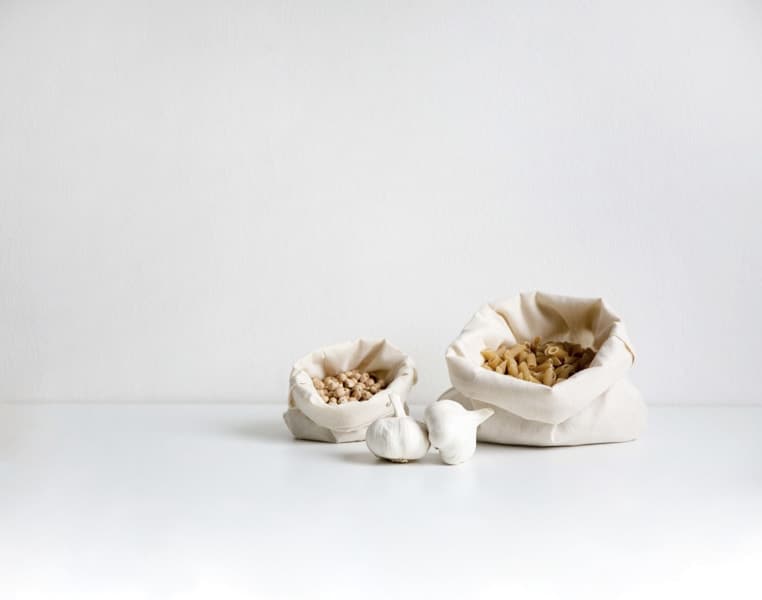
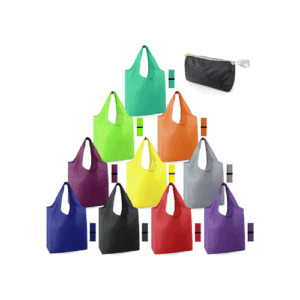

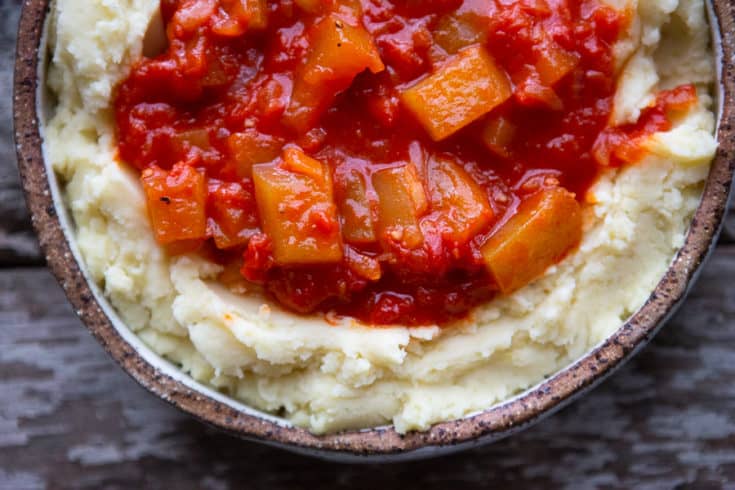
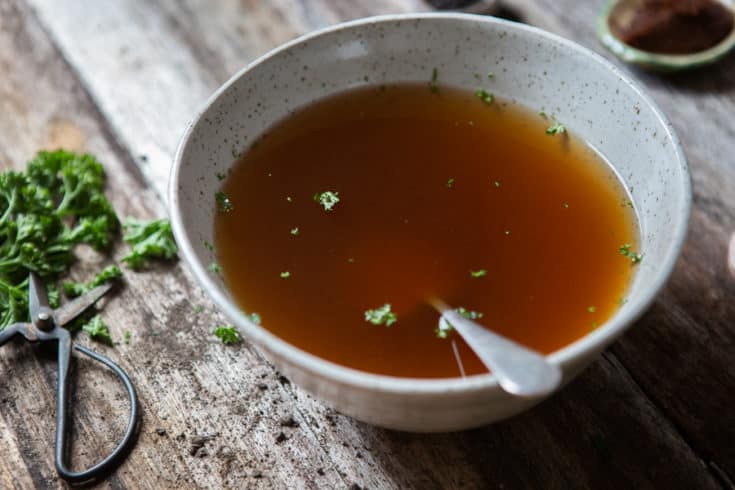
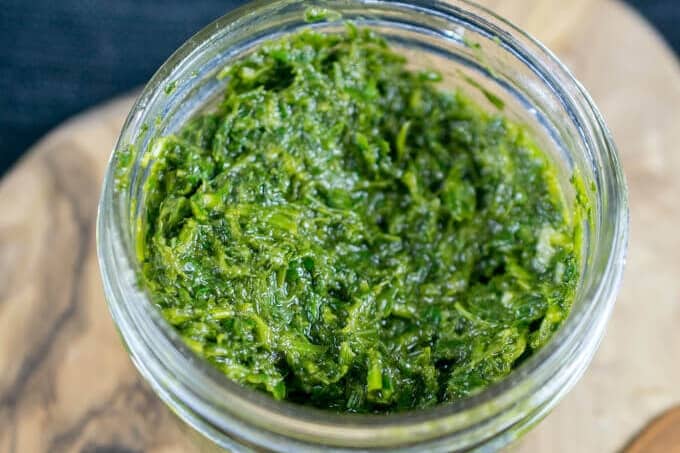
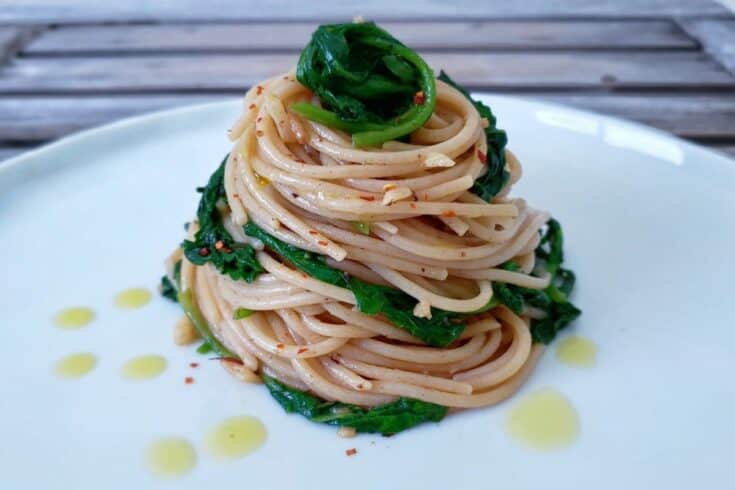
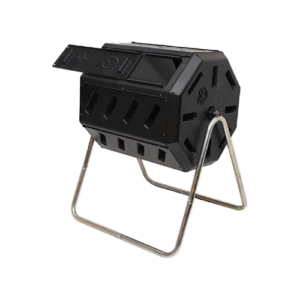
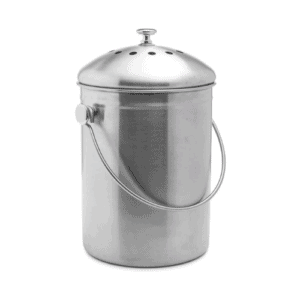
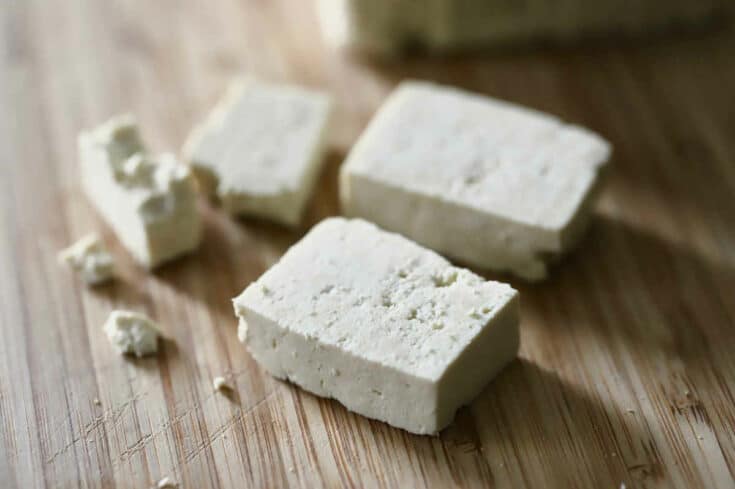
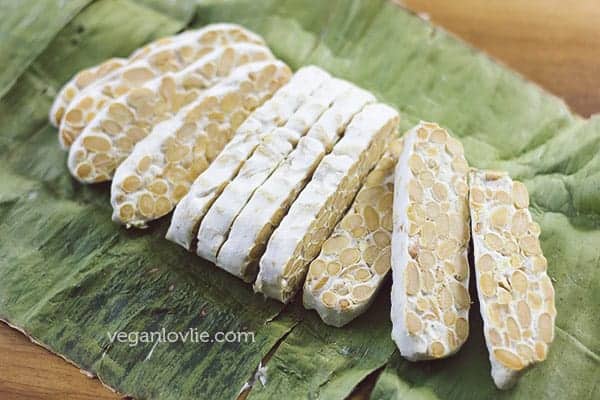
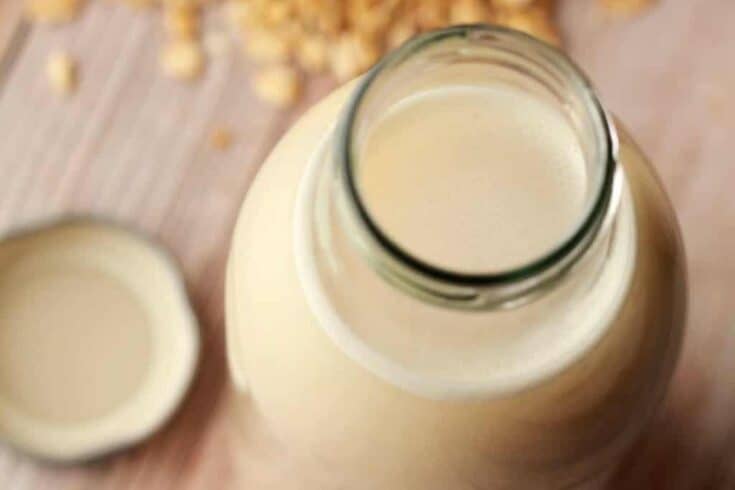
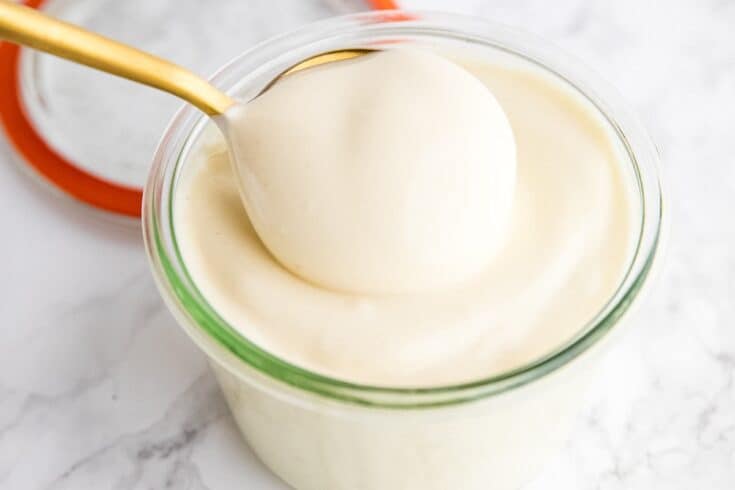
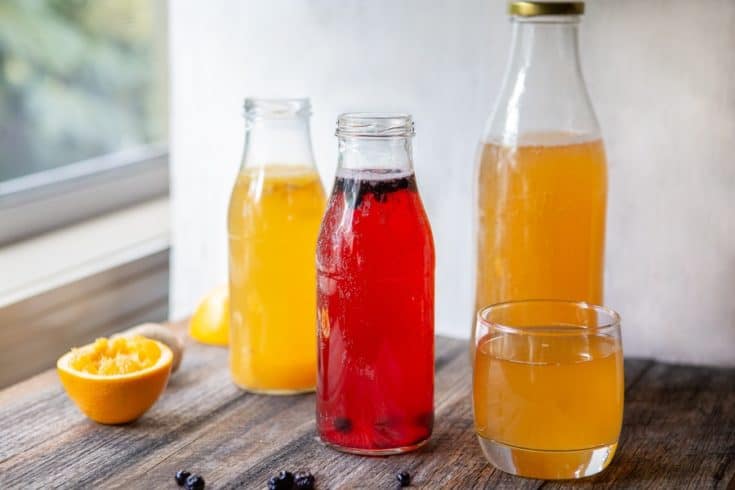
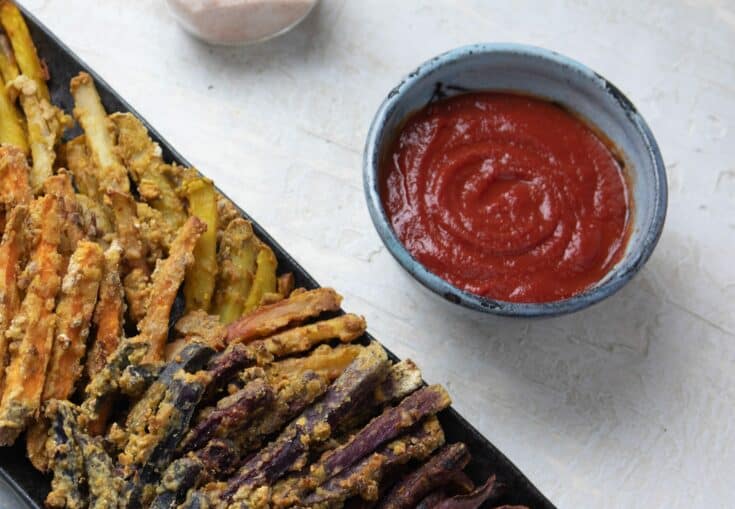
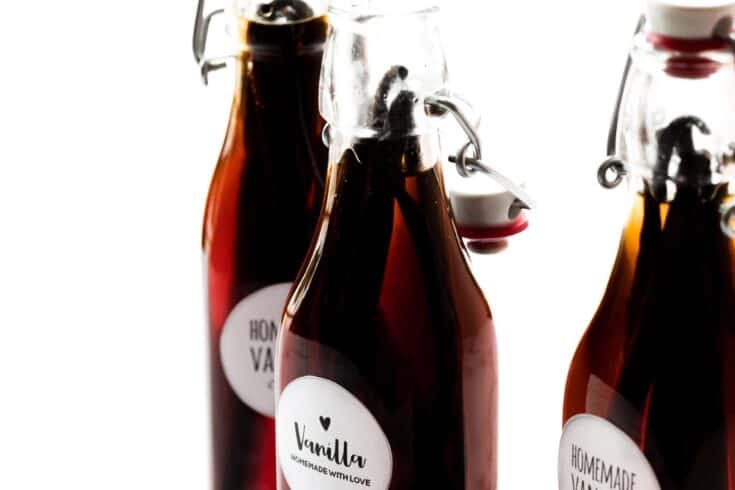
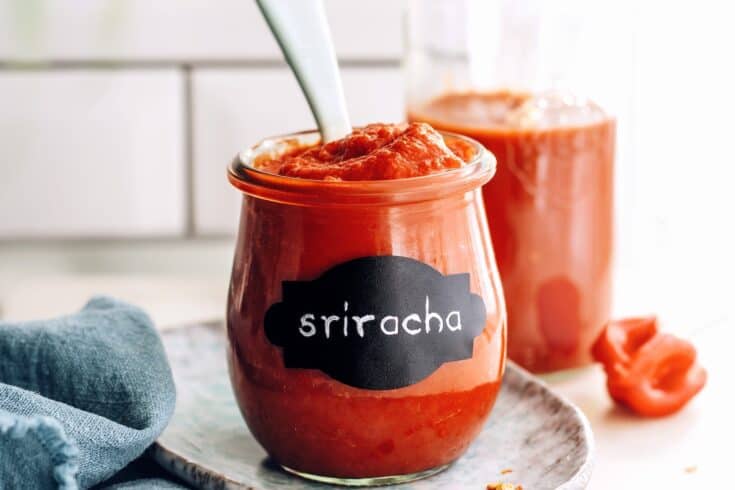
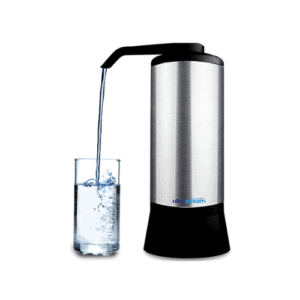
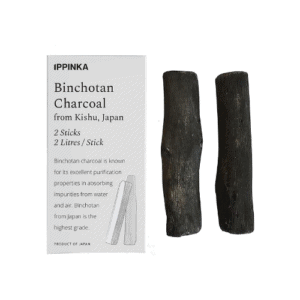
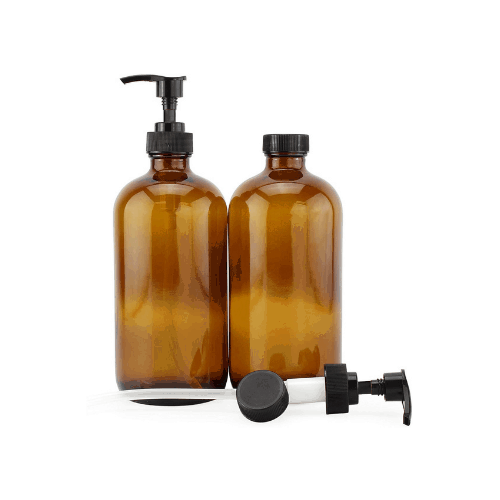
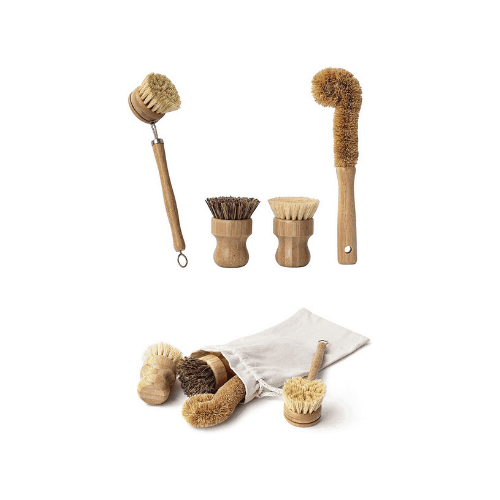
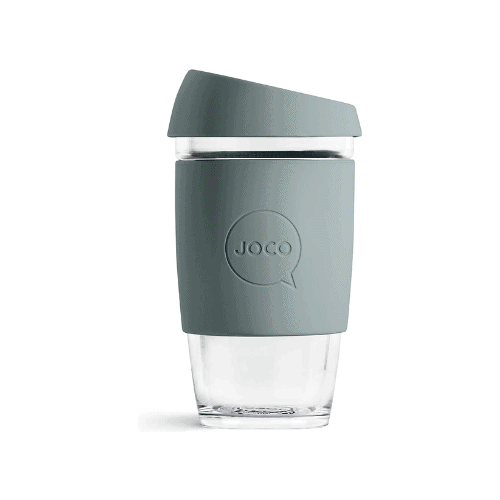
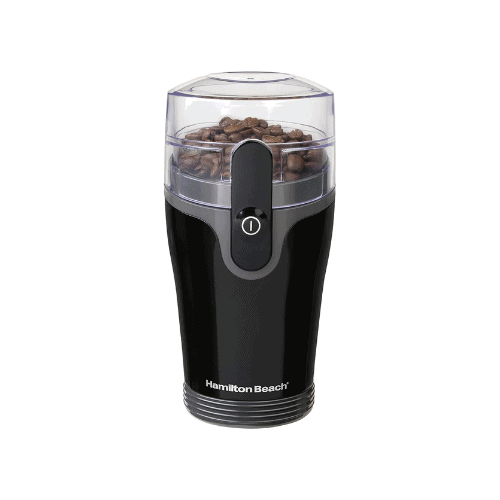
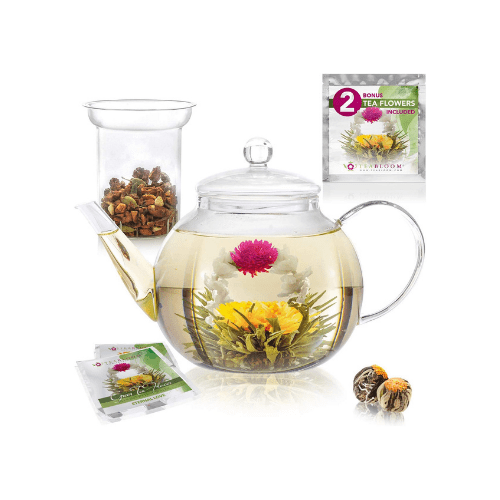
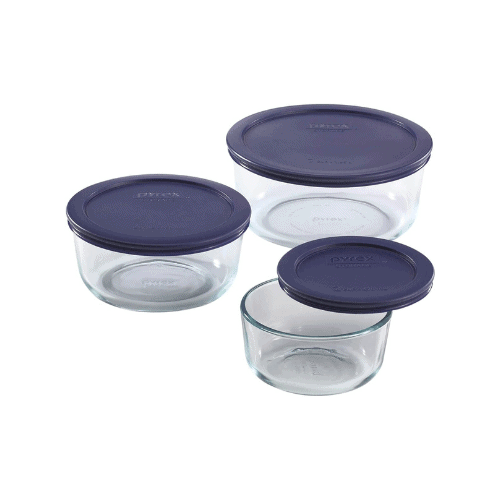
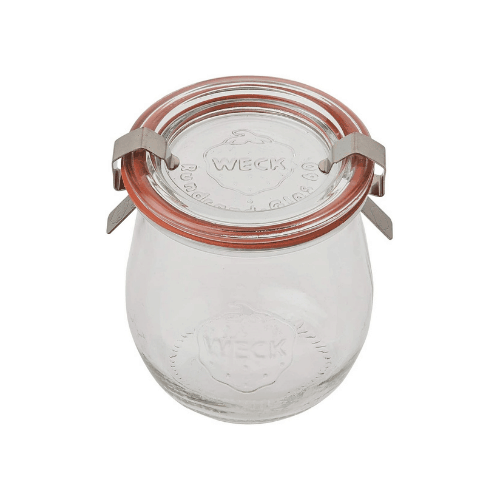
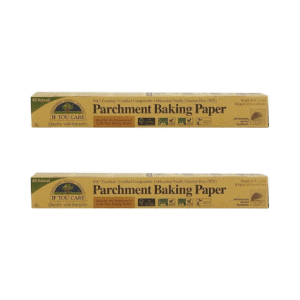
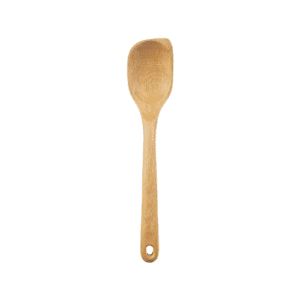
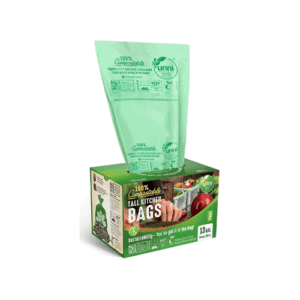
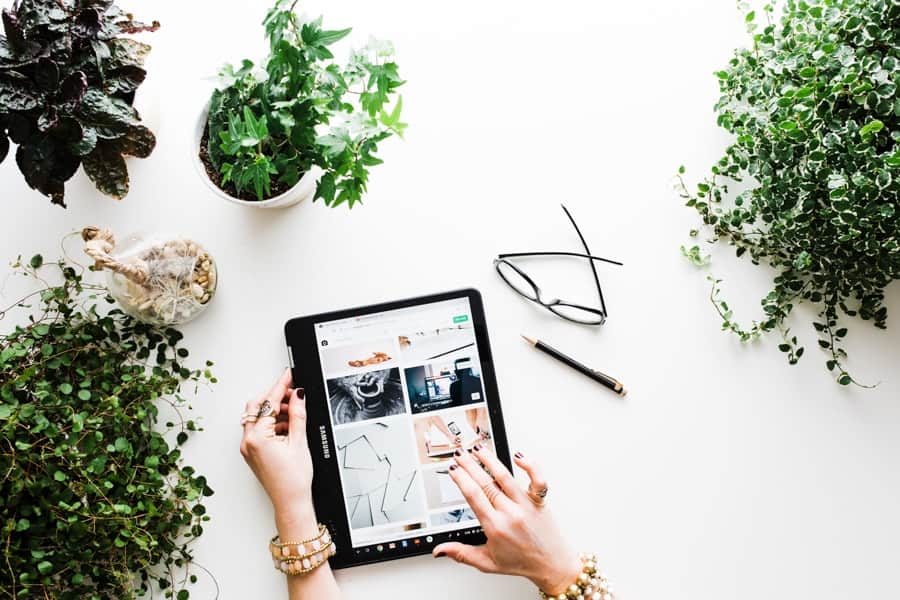


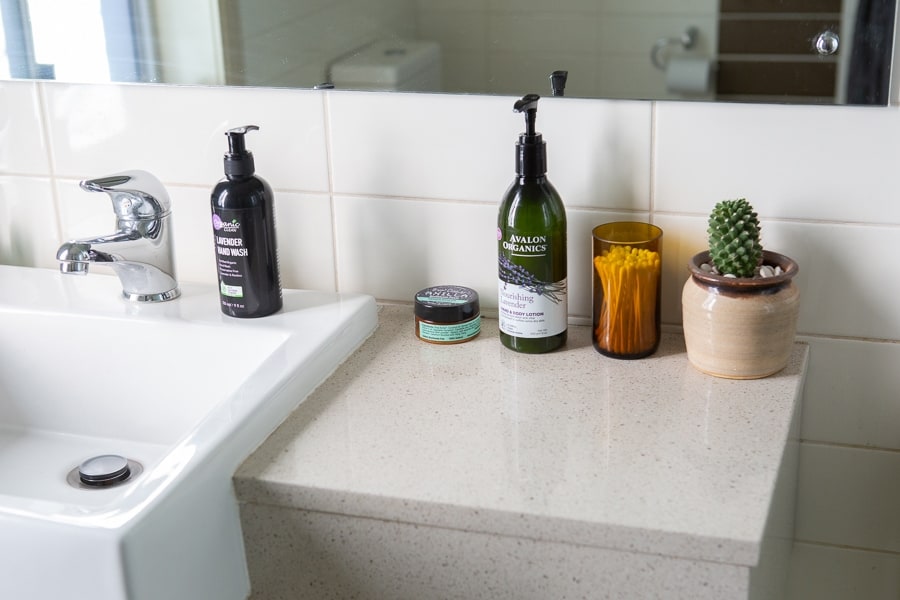
Great blog post! Thanks for shedding light on the importance of reducing waste, especially in our kitchens. Building relationships at the farmers market is a fun activity. This can also save money in the long run too.
Thank you for this post! It hadn’t occurred to me to buy cleaning products in bulk just a couple of times/year. We have often run out of dish soap, etc., and had to run to the store last minute or at night when we’re tired because we buy only enough for the momentary need.
I am working one small piece at a time toward minimalism, including a zero-waste kitchen. I would typically just jump into something new wholeheartedly, but making one small change at a time makes it likely that my whole family will stick with it.
You’re welcome! Yes, we always have that backup for that exact reason on products that we use often enough for it to be a big hassle to run out of all of a sudden. Sound like you’ve got the right mindset around this type of change – especially when trying to get the whole family on board. Good on you!
Hi Amy, I buy them from my local bulk store. They have a great range of eco-friendly, natural products. I take my containers in and fill them up. With the dish liquid, I always have a spare one in the cupboard. Where do you live? I can maybe give you more specifics depending on your location.